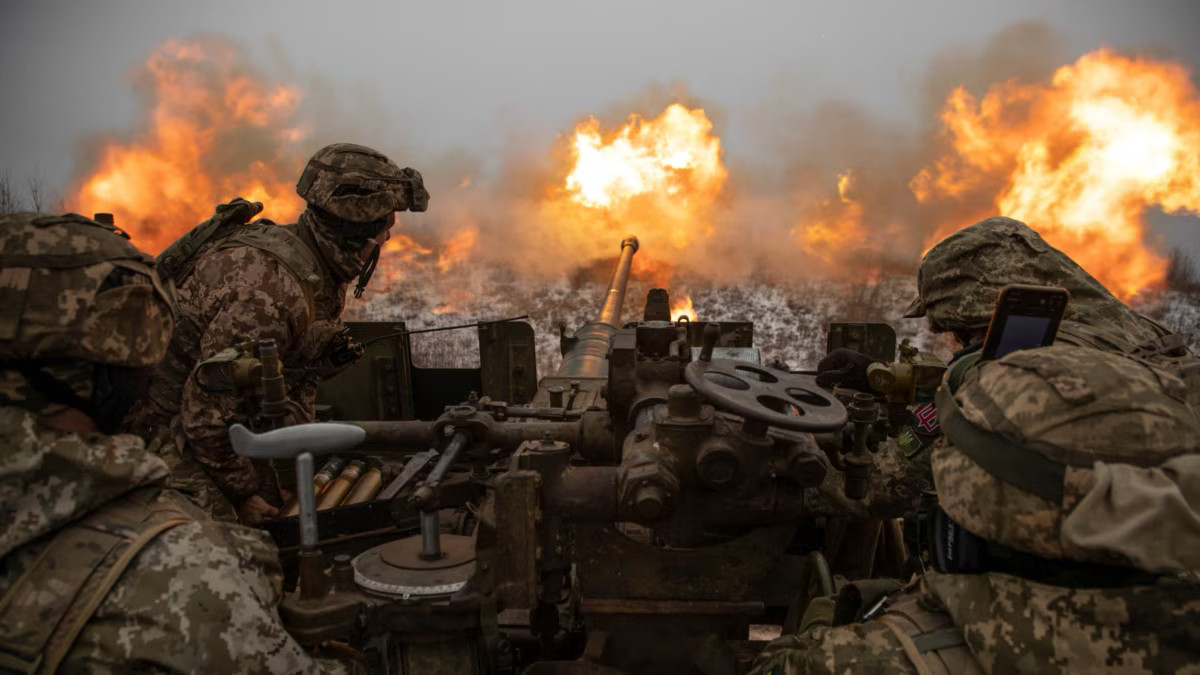Currently, with Trump inaugurating his second term, prioritizing the CIA’s challenges regarding Iran is crucial.

However, due to the absence of a monarchy and its cultural implications in the U.S., Americans might find it hard to envision that a monarchy could foster democracy, rule of law, peace, and stability, especially considering their relatively short history compared to Iran’s 7000-year civilization, which has experienced such governance for millennia.
With Donald Trump’s stunning reelection and the commencement of his second term, the CIA faces shifting challenges and priorities in an increasingly unstable global landscape.
External threats
In addition to addressing major challenges and structural changes—particularly the rotation of CIA station chiefs in the Middle East—the agency’s current primary focus is on external threats. However, while China and Russia represent significant national security concerns, the hostile and destructive behavior of the Islamic Republic’s mullahs in Iran continues to pose a daily challenge for the CIA.
As an advocate and supporter of the CIA, I wish to clarify that, unlike Islamic terrorists, mullahs, and followers of Mossadegh and Khomeini, I do not intend to perpetuate the myth of the CIA’s supposed meddling in Iran, such as the alleged role in the 1953 coup.
Considering the CIA was only two years old at that time, it certainly lacked the capability to orchestrate such events, and the agency undoubtedly finds the repetition of this baseless and absurd claim amusing.
However, it is evident that enhancing espionage networks and human resources among Iranians is crucial.
I have previously discussed the CIA‘s challenges during the Biden administration, but now, with enhanced engagement with Middle East and Iran specialists—whether they are CIA staff or allies—the review and evaluation of covert operations must rely on accurate and effective information. Successfully preserving American national security is contingent on addressing the threats posed by the Islamic Republic.
US’s challenges with Iran
Currently, with Trump inaugurating his second term, prioritizing the CIA’s challenges regarding Iran is crucial. Over the next four years, the agency will confront numerous issues related to the Islamic Republic of Iran. Among the most critical challenges, in conjunction with Israel, are thwarting the Iranian regime’s nuclear ambitions and preventing the regime’s leaders from acquiring nuclear capabilities.
The CIA, particularly its station chiefs in the Middle East and the Persian Gulf countries, engage in daily cooperation and relationships with Mossad and Arab nations that are allies and partners of the United States, managing regional tensions which is a formidable challenge for all involved. Information sharing with intelligence services of allied countries about the Shiite Islamic Republic and coordinating strategies to counter threats from Iran are essential, yet they are just part of the task of monitoring the Islamic Republic’s destructive activities in Iraq, Yemen, and covertly in Bahrain, Saudi Arabia, and Syria.
These represent a complex and multi-layered threat landscape. The Quds Force and the Iranian Ministry of Intelligence continue to overtly support proxy terrorist groups like Hezbollah, Hamas, the Houthis, and Popular Mobilization Forces, among others, driven by Ali Khamenei’s calculated risks on Iran’s political strategies.
Moreover, alongside the routine efforts of the CIA’s Counter-Terrorism Center, CTC, and the Counter-proliferation Center, CPC, combating the intelligence and espionage efforts of the outlaw Iranian regime is a staple of daily operations. Identifying and neutralizing Iran’s espionage activities, whether conducted by the Ministry of Intelligence, MOIS, under Esmaeil Khatib, the Intelligence Organization of the IRGC supervised by Mohammad Kazemi, or safeguarding CIA intelligence sources and methods against infiltration by groups linked to the Quds Force under the leadership of individuals like Qaani, Falahzadeh, and Mesjedi, increases the workload but is crucial. A thorough understanding of both the internal and external dynamics of the Islamic Republic is vital in these clandestine efforts.
If the CIA intensifies its efforts to counter the influence of the Islamic Republic of Iran and its intelligence institutions across the unstable and volatile Middle East—such as identifying and neutralizing Iranian influence networks in regional countries and assessing the impact of Iran’s policies on regional stability—focusing potentially on regime change in Iran, it could achieve greater success over the next four years.
I hope that my candid advice does not suffer the same fate as that of SAVAK to the then-CIA director during the years 1977 to 1979. Under President Carter, Stansfield Turner led the CIA but was reluctant to accept the negative role of the notorious KGB in directing Islamic and Marxist terrorist groups, had not read Khomeini’s writings, and was unaware of Khomeini’s malevolent intentions. These oversights prevented him from fully understanding the catastrophe of 1979 in Iran. As a result, the country drifted into Russian influence, making Moscow a significant barrier to any regime change in Iran.
It is essential to have a logical and precise analysis of the political developments within Iran, closely assessing the regime’s stability and the likelihood of political changes. Identifying the rifts and differences within Iranian regime is crucial, as the regime is on the verge of collapse, and a turbulent and destabilizing transition period is likely to follow without proper and logical analysis of usable talents and reliable resources. Merely enhancing the technical capabilities for collecting signals and imagery intelligence will bolster your archives, not your pragmatism.
The CIA should emulate Mossad’s policy, which traditionally maintains a more accurate analysis of the decision-making within the Iranian regime and, by extension, a deeper understanding of the decision-making processes at the highest levels of the Iranian government. Correcting this issue within the CIA would simplify the prediction of Iran’s potential reactions to regional and international developments.
Drawing on my professional expertise and 12 years of experience analyzing the Middle East and counter-terrorism, I am confident that under Ratcliffe’s significant leadership, the CIA will carefully and delicately tackle these challenges to prevent the escalation of tensions while protecting American interests.
However, it is crucial to be prepared to respond swiftly to unforeseen developments in Iran-U.S. relations because a volatile figure like Khamenei still exerts influence, and the survival of Israel and the stability of the entire Middle East hang in the balance.









![A Palestinian girl stands near the site of an Israeli attack on a house in Maghazi refugee camp in the central Gaza Strip, on January 3, 2025 [Abd Elhkeem Khaled/Reuters]](https://esbecgroup.com/wp-content/uploads/2025/01/Israeli-forces-kill-dozens-in-Gaza-with-ceasefire-talks-set-to-resume.jpg)
